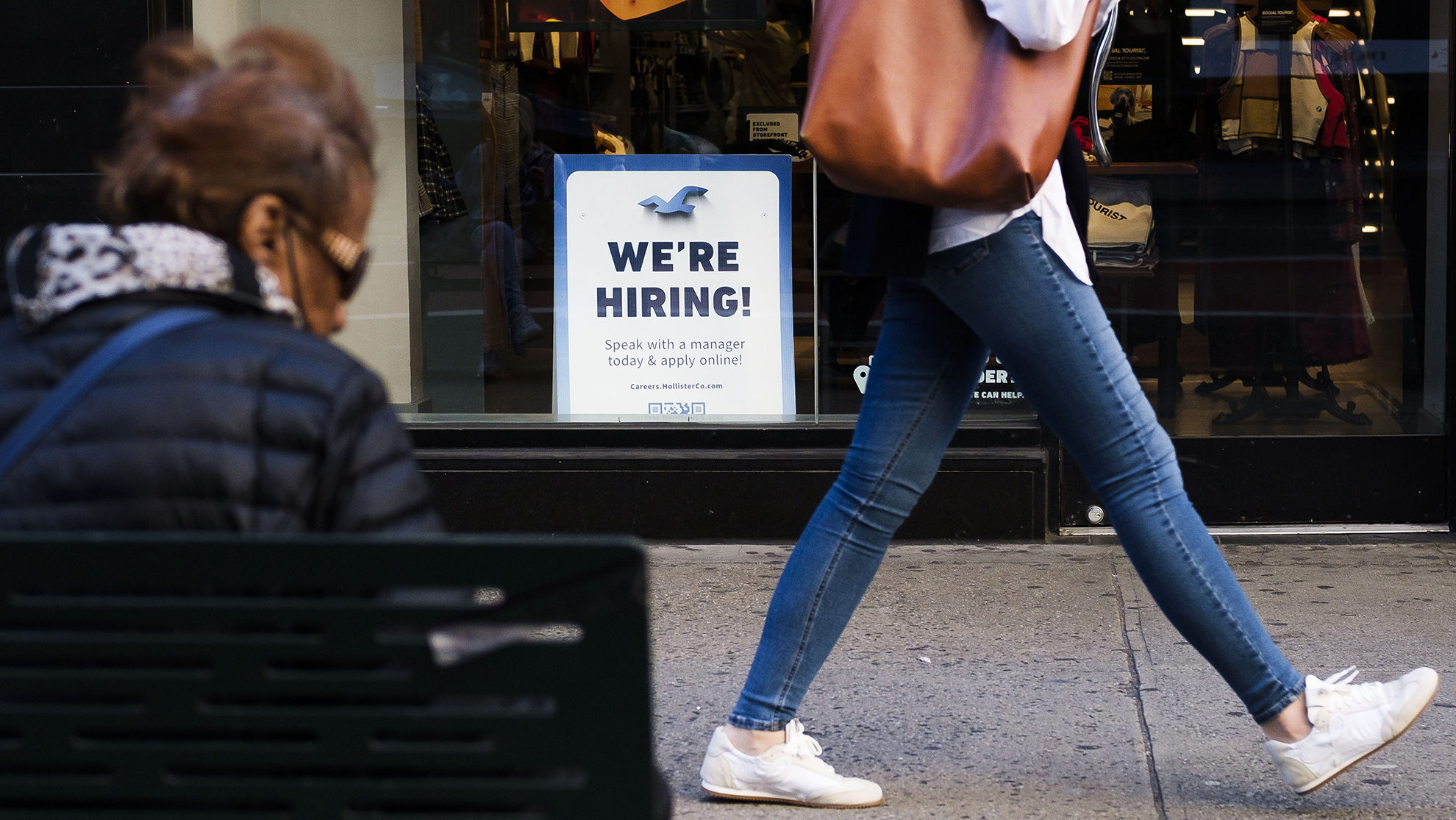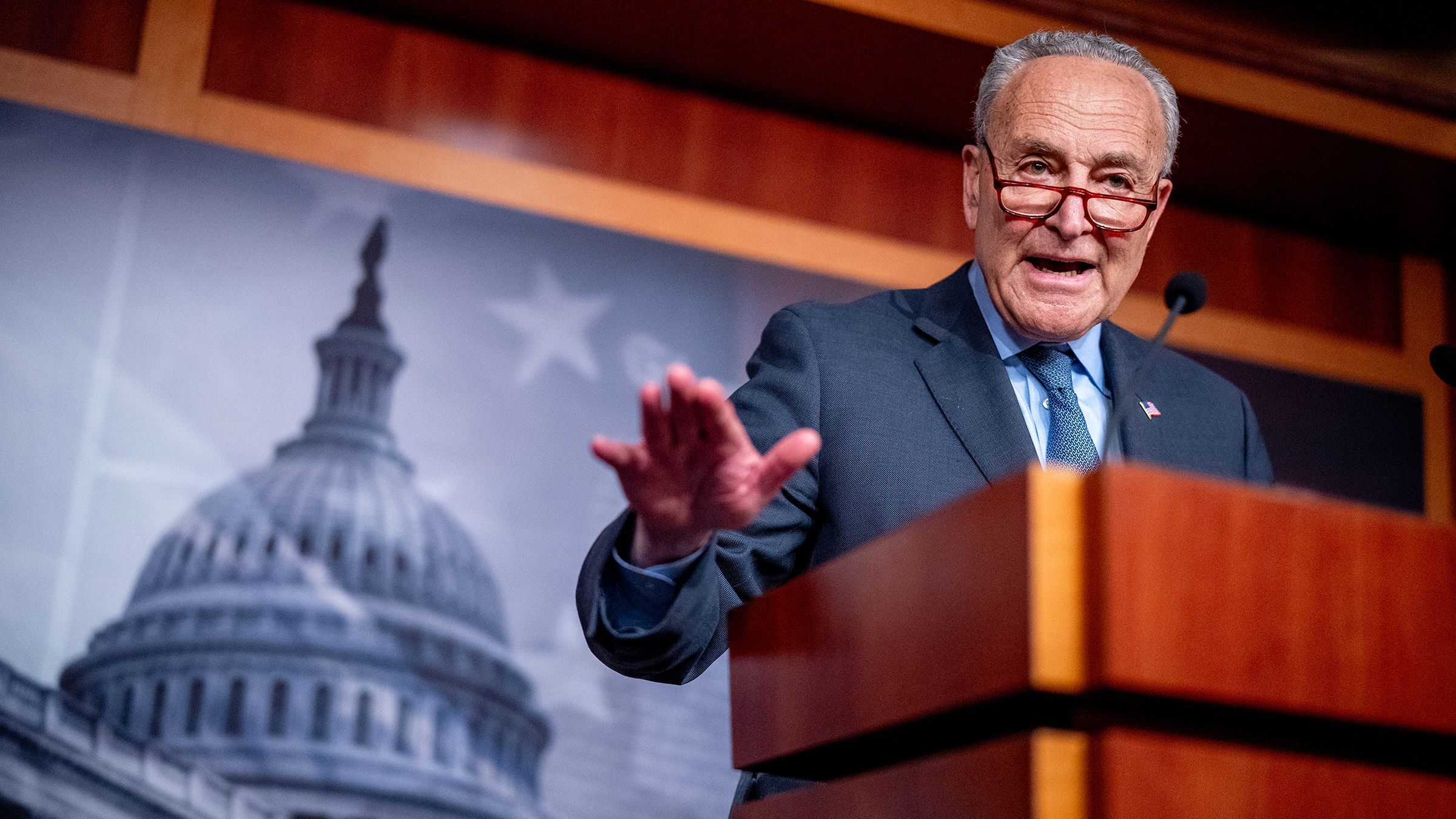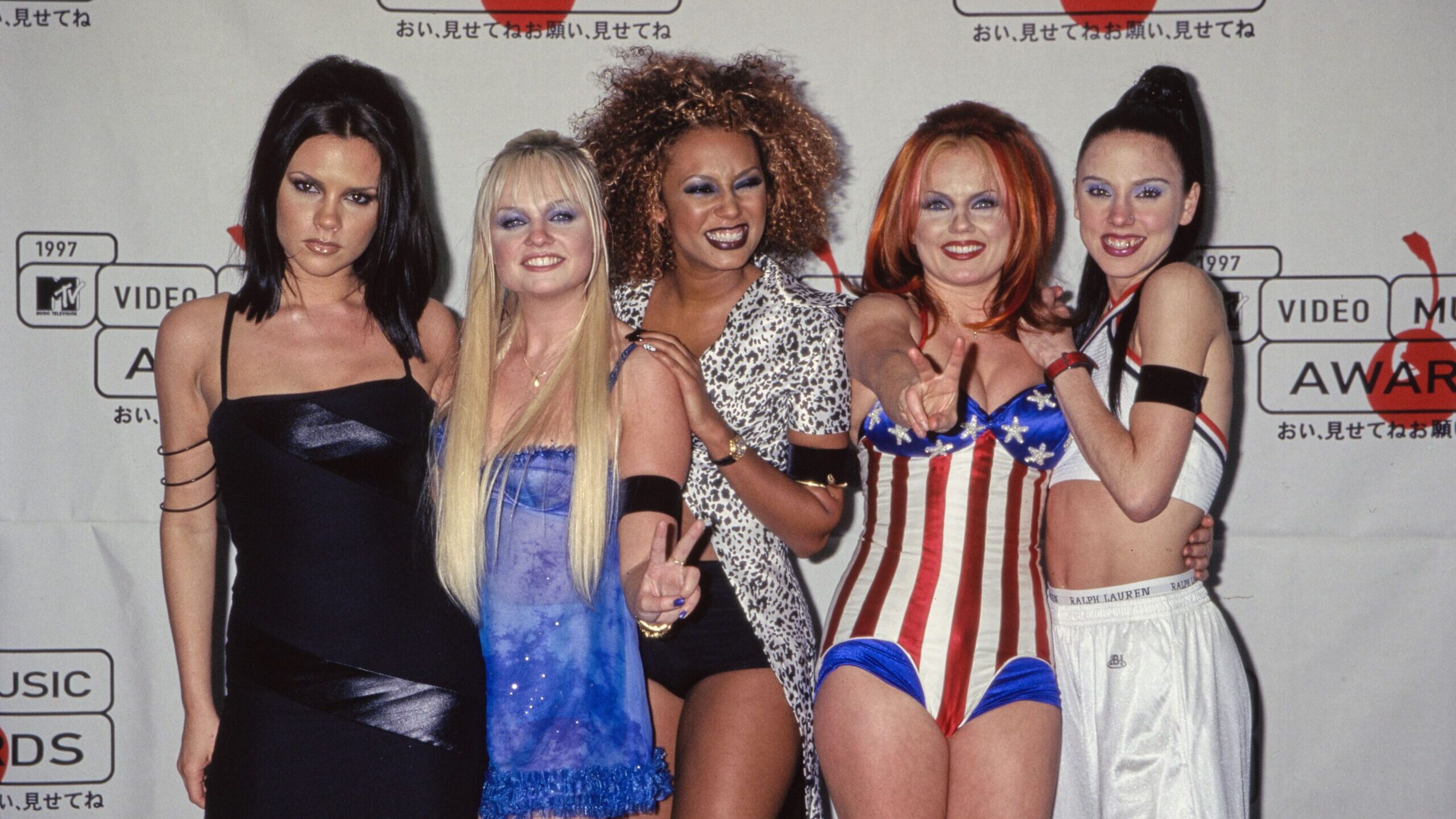Mixed bag for jobs: Employers keep hiring, but unemployment rises
Nov 4, 2022, 6:46 AM | Updated: 9:37 am

A person walks past a sign advertising job openings in a retail store in New York, New York, USA, 20 October 2021. The U.S. economy is continuing to struggle with the ongoing effects of the coronavirus pandemic as the U.S. Labor Department reporting weaker than expected job growth in September, in part because of difficulties filing open jobs, as well as ongoing concerns about inflation and supply chain disruptions. (JUSTIN LANE/EPA-EFE/Shutterstock (12546781f))
(JUSTIN LANE/EPA-EFE/Shutterstock (12546781f)
While the closely watched October jobs report was strong by historical standards, it suggests a series of rate hikes by the Federal Reserve meant to cool the economy has, as yet, had only limited impact on employers’ desire to hire more workers.
The report shows employers added 261,000 jobs in October and the unemployment rate rose to 3.7% from 3.5% in September.
That’s a lower monthly jobs gain than the revised September number of 315,000, though it is above the 200,000 forecast from economists surveyed by Refinitiv.
October marks the smallest monthly jobs gain for the US economy since December 2020. But it is also a solid gain by historical standards. The economy added an average of 183,000 jobs a month over the course of the decade before the pandemic.
Economists had expected a smaller rise in the unemployment rate, to only 3.6%. The unemployment rate is calculated using a separate survey of households rather than the employer survey used to count workers on the job.
The higher-than-expected unemployment rate is also still low by historical standards — September’s 3.5% reading matched a half-century low.
What it all means for inflation and the Fed
Federal Reserve Chairman Jerome Powell has warned that the economy may need to shed jobs as part of the central bank’s battle to tamp down the pace of economic growth as a way of combating higher prices. The continued strength in the labor market could leave the door open for the Fed to continue to hike rates at its upcoming meetings.
In addition to employment totals, one other key metric the Fed focuses on is wage growth, since higher wages can create inflationary pressure by putting more money in the hands of consumers and driving up demand for goods and services.
The October jobs report showed a slowdown in wage gains, with the average weekly wage paid by businesses up just 3.8% from the 4.1% annual gain in September, and well off the gains of 5% or more seen earlier this year and during many months of 2021.
Even when wage growth was at 5%, that did not keep up with the pace of price increases being paid by consumers, which stood at an average of 8.2% in the most recent Consumer Price Index. The slower pace of wage increases in this report indicate that it will be even harder for American consumers to pay the higher prices.
This story is developing and will be updated.
The-CNN-Wire
™ & © 2022 Cable News Network, Inc., a Warner Bros. Discovery Company. All rights reserved.













